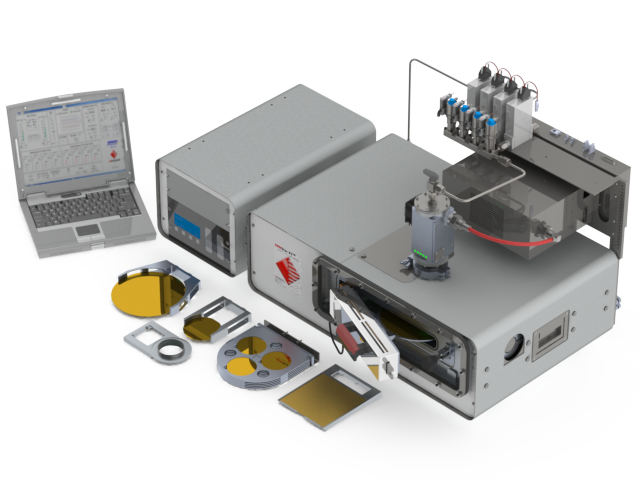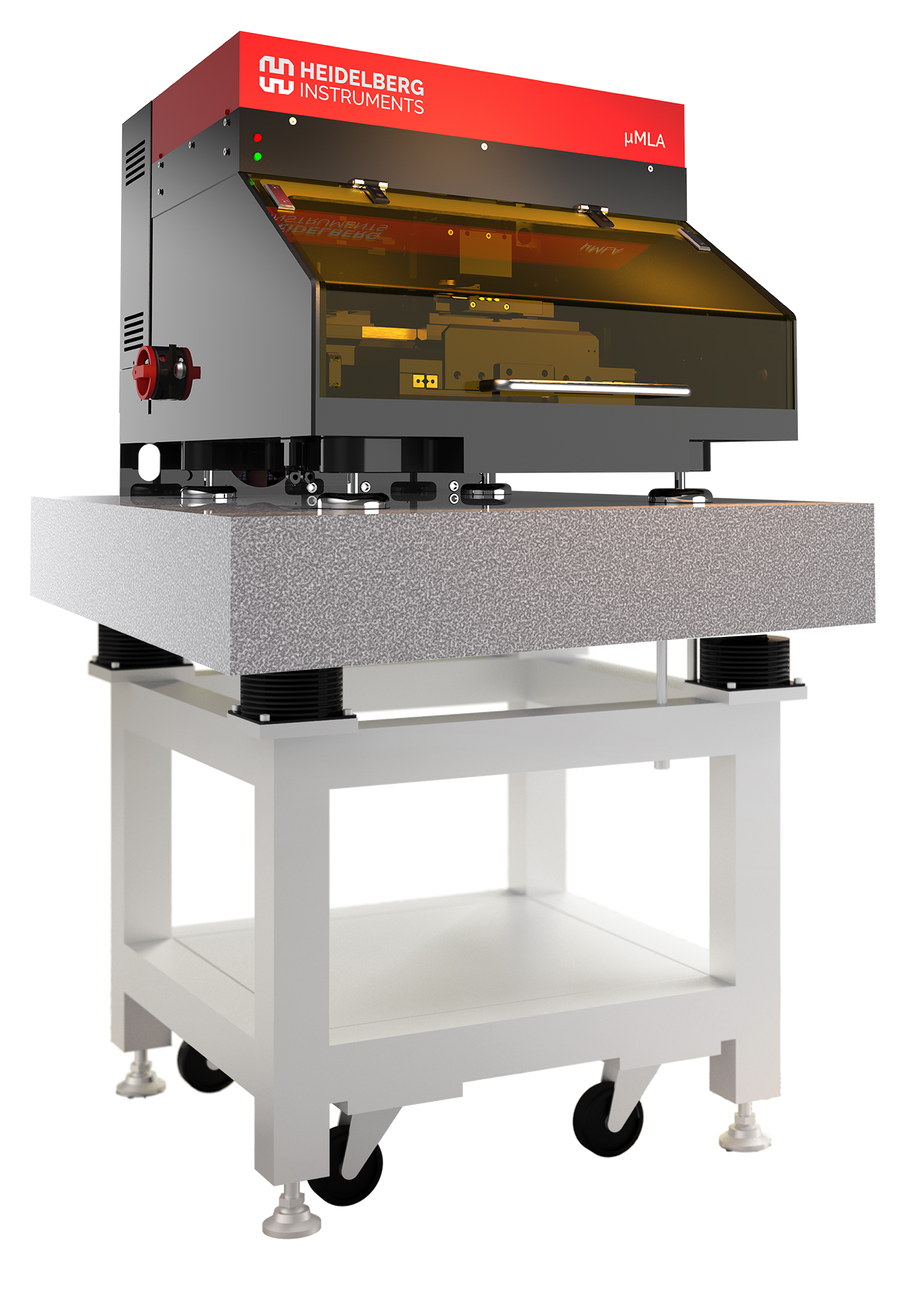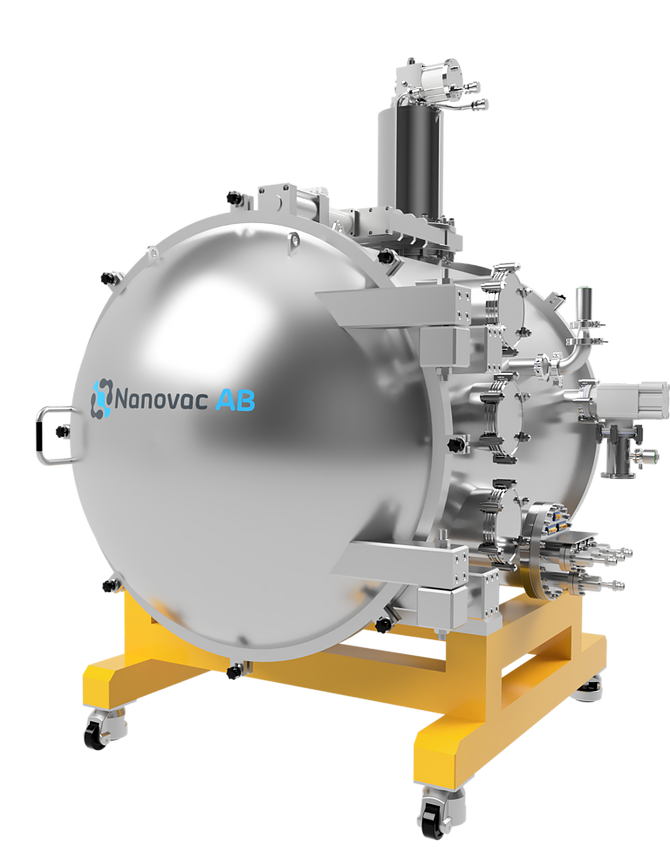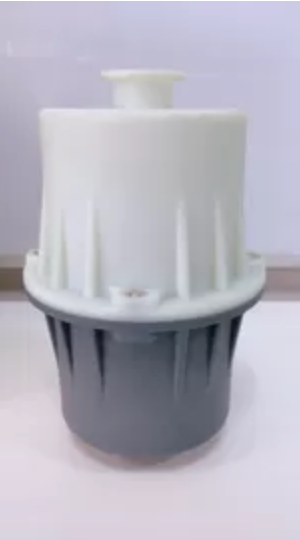Plasma Treatment for Process Improvement in Wire Bonding
The piezobrush® PZ3 plasma handheld device requires only 18 W of power which makes the operation harmless for temperature-sensitive materials, such as thin plastic foils.
The approx. 7 cm long component transforms a small input voltage highly efficiently by several dimensions so that cold plasma can be ignited under room conditions without the addition of special gases. This plasma does not exceed a temperature of 50°C and is a mixture of highly reactive ions, radicals and neutral particles.
By treating typically hydrophobic plastics with the piezobrush® PZ3 and the module Standard, oxygen species accumulate as polar end groups on the molecules of the surface. These act here as functional “anchors”, which can form stable bonds to adhesives or inks, for example.

Example 1:
Applying piezobrush® PZ3, in the field of wire bonding, the company TPT Wire Bonder GmbH & Co. KG was able to more than double the shear force value of wire bonding on the contact surfaces of batteries by treating them with the piezobrush® and the associated module “Nearfield”.

Example 2:
A test circuit board of ENEPIG surface (“Electroless Nickel Electroless Palladium Immersion Gold”) was treated on one side with the atmospheric pressure plasma high performance system plasmabrush® PB3.

In order to measure the difference between the plasma pre-treated and the untreated ball bonds, a shear test is performed with the XYZTEC Condor Sigma Bond Tester, which shows a significant difference in quality between the two test series. An average shear strength of 60.89 gf is measured for the 30 samples without plasma pre-treatment before the ball bond is completely detached from the ENEPIG surface. In contrast, the bonds on the plasma pre-treated surfaces show completely different behavior in the shear tests with an average shear strength of 68.34 gf: The fracture pattern shows a sheared ball bond, leaving wire material on the surface. The shear strength of the bonds on the plasma pre-treated surface is therefore only limited by the shear strength of the wire itself. The results show that the intermetallic bond between the ENEPIG surface and the gold wire can be improved by plasma pretreatment to such an extent that it is significantly stronger than the strength of the gold wire material.
In the case of wedges applied to the plasma pre-treated surface, no failure in the wedge area occurs.
The results clearly show that surface treatment with atmospheric pressure plasma leads to significant improvements in both ball and wedge bonding, as clearly demonstrated in ball shear and wire pull tests.





